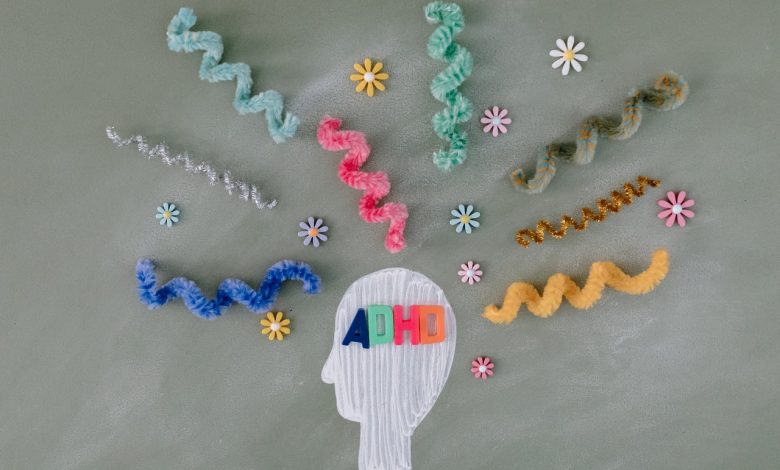
ADHD is quite a prevalent condition that affects many adults. According to American Psychiatric Association, about 2.5% of the adult population has ADHD.
The symptoms of ADHD can vary from person to person. Therefore, it is crucial for adults who suspect they have symptoms of ADHD to consult a healthcare professional. The following are some tips on evaluating symptoms of ADHD in adults
1. Understand the symptoms of ADHD
Before knowing if you have ADHD, you must know its symptoms. There are many signs that may be indicative of ADHD. Generally, they include the following:
- Inattention.
- Impulsivity.
- Hyperactivity.
- Restlessness.
- Forgetfulness.
When a person has symptoms of ADHD, they may have problems concentrating at work and maintaining social relationships.
2. Know when to seek help for ADHD symptoms
If the symptoms above persist for more than six months, there is a good chance that you have symptoms of ADHD. As mentioned, each person’s symptoms will vary depending on their age and what’s going on with them from day to day.
Even though symptoms of ADHD are more subtle, there are overt signs which include
- Difficulty finishing tasks.
- Piling workload.
- Difficulty focusing on the details of a project.
- Trouble sitting for long periods.
- Absentmindedness during meetings.
When you notice that you have these symptoms, you need to seek professional help.
3. Avoid self-diagnosis – only a qualified professional can diagnose ADHD in adults
It is imperative to see a qualified health practitioner for assessment. The internet has given people access to unlimited information. One aspect of the internet most abused is self-diagnosis. Please don’t that with ADHD.
It’s necessary to avoid self-diagnosis because it may lead to inaccurate information about treatment for symptoms of ADHD. Symptoms of ADHD at times mimic other conditions like depression and learning disabilities. Reading and knowing the symptoms is a significant step. However, you or your loved one must be evaluated by someone who knows ADHD symptoms.
4. Learn how to manage your ADHD
The fact that ADHD is a mental condition makes it quite scary. Thankfully, you can successfully manage the symptoms of ADHD. You can be done through:
- Therapy
- Medication
- A blend of the two.
Adults who have ADHD symptoms should learn how their symptoms affect them. If you know the symptoms that interfere with your work, relationship, or other social aspects, you need to get into a treatment plan.
This way, it would be easy to find the appropriate treatment plan that would alleviate the conditions. Additionally, curbing the symptoms of ADHD is important because if left untreated, they will continue to affect your life adversely.
5. Consider getting an evaluation by a professional if you or someone you know is experiencing these symptoms
As already mentioned, the symptoms of ADHD aren’t the same; they vary for every person. Therefore, it is vital only to get evaluated by a qualified professional.
ADHD is diagnosed using the Diagnostic and Statistical Manual of Mental Disorders (DSM-5) criteria. Additionally, the assessment includes gathering information from yourself, your doctors (or medical records) and other statements from other adults who know you.
Be aware that other conditions may have similar symptoms as those of adult ADHD, but require different treatments. These conditions may have similar symptoms of ADHD, such as restlessness, impulsive behavior.
However, these may be triggered by other conditions like anxiety disorder. These other conditions would require a different treatment plan. To remove doubt, only a professional would be able to make the correct diagnosis.
Takeaway
As seen, Symptoms of ADHD in adults can manifest quite easily. Equally, these symptoms might be a sign of another condition. Therefore, to effectively manage ADHD, you should only be accessed by a qualified doctor.



